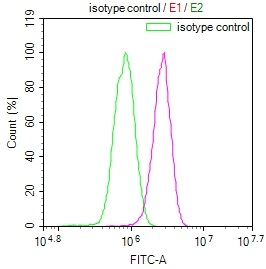To create the KLRG1 recombinant monoclonal antibody, several steps are involved. The KLRG1 monoclonal antibody is first harvested and its gene sequence is determined. A vector carrying the KLRG1 monoclonal antibody gene is then constructed and transfected into a host cell line for culture. During the production of the KLRG1 monoclonal antibody, a synthesized peptide from human KLRG1 acts as the immunogen. Affinity chromatography is used to purify the KLRG1 recombinant monoclonal antibody, which is then evaluated for specificity through ELISA and FC applications.
KLRG1 is a type II transmembrane protein that belongs to the C-type lectin superfamily. It is mainly expressed on the surface of natural killer (NK) cells, T cells, and some memory B cells. KLRG1 is involved in regulating the immune response by inhibiting the activation of NK cells and T cells. Specifically, KLRG1 acts as an inhibitory receptor on the surface of NK cells and T cells, and its engagement with its ligand, E-cadherin, leads to the downregulation of cell-mediated cytotoxicity and cytokine production. KLRG1 has also been shown to be involved in regulating the differentiation and function of memory T cells. In addition to its role in the immune response, KLRG1 has been implicated in other physiological processes, such as wound healing and tissue repair.




